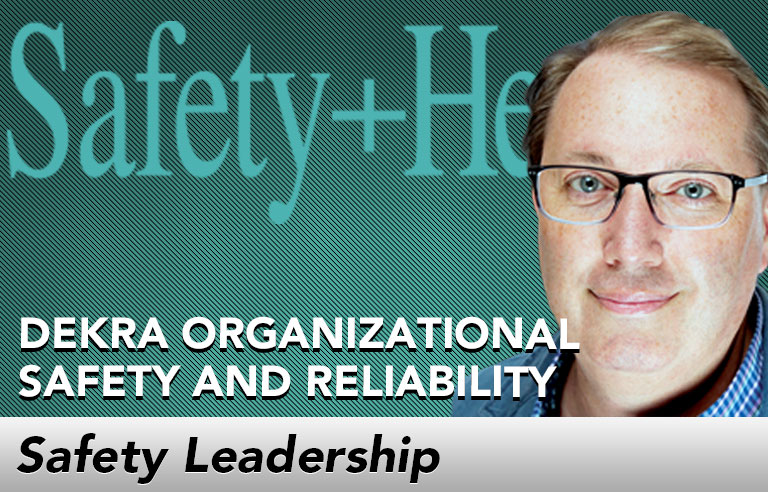
Editor’s Note: Achieving and sustaining an injury-free workplace demands strong leadership. In this monthly column, experts from global consulting firm DEKRA Organizational Safety and Reliability share their point of view on what leaders need to know to guide their organizations to safety excellence.
A lot of us have frequently used virtual meetings to keep connected on important matters and with people who are important to us.
Now that it has become a primary way to work, you may find yourself feeling mentally drained as you hop from call to call, often without breaks in between.
The neuroscience of human communication tells us we’re wired to communicate for our very survival. Our social brain structures are attuned to guide us toward positive connections and are sensitive to “social errors” (cringeworthy virtual moments) we and others might make.
Part of the “brain drain” from virtual meetings comes from the cognitive loading involved in attempting to listen more intently even as audio quality fluctuates, people navigate their cameras and mute buttons, and the social brain searches for cues that indicate if the meeting is going well. These cues are abundant in face-to-face meetings through body language.
When these cues are less available on virtual calls, however, our brain works twice as hard. People who are highly skilled at “reading a room” will notice the brain drain even more when communicating virtually, as that kind of super-power becomes limited.
Although virtual meetings have many benefits, they require us to do some “brain alignment” of our meeting process to include building in some easy actions that will enhance our well-being, keep us alert and energized, and confirm relationships with others.
Here are a few suggestions for combating the “virtual brain drain” inherent in virtual meetings and presentations:
Block out break times in your calendar for the next three weeks. A 10-minute refresh break built into your schedule allows you to get up and move, grab a healthy snack and say hello to family if you’re working from home, as well as gives your brain time to change gears between one meeting and the next. If you don’t, you won’t be at your best throughout the day, as cognitive performance will suffer.
Stay hydrated. Our brains are largely water-based. Drink lots of it.
During meetings you’re leading, take a moment to ask how others on the call are doing or where they are physically – or simply tell them it’s great to see them. Purposely setting the tone for the meeting experience is important, but it gets overlooked. Instead, it often gets replaced with a frantic “Do we have everybody here?” and an unnecessary urgent tone that erodes social connection and engagement.
Explicitly ask for attention to one another’s ideas and suggestions. Share and ask questions within the meeting, especially if your meeting runs late in the day or there are distractions. Recognize those attending in time zones where it’s early morning or late at night.
Set up your screen so you can see who’s talking. Seeing everyone at once can be distracting. If you were in a live meeting, you would look to the person talking, not at all 20 people in the room.
Asking people to use their webcam makes meetings more engaging. The brain is wired to study faces and engages immediately when one appears on screen. Setting up a photo of yourself rather than the default name initials helps others when you’re not on camera as well.
For important meetings, block out time beforehand to prepare and afterward to decompress. If you’re planning meetings, give thought to how important ones could be spaced within the day or week to avoid feeling drained.
Practice with the various virtual meeting platforms if you need to use more than one. Distraction and stress can be experienced when you have to fumble to find screen share, audio controls or the record button, so practice. Also, arrive early enough to be logged in and ready to go in case technical issues show up and add to your brain drain.
Virtual meetings are an important, efficient and effective way of getting big things done across distance. Enhancing skills in virtual meeting design, as well as applying the neuroscience to make it a more natural and effective tool, are worth pursuing, especially as these meetings become more expansive within the new normal. See you on the next meeting.
This article represents the views of the author and should not be construed as a National Safety Council endorsement.
 Vice President David Musgrave leads the Brain-Centric Reliability practice area at DEKRA that focuses on human performance reliability. He is a highly requested consultant and speaker who offers extensive experience in safety improvement.
Vice President David Musgrave leads the Brain-Centric Reliability practice area at DEKRA that focuses on human performance reliability. He is a highly requested consultant and speaker who offers extensive experience in safety improvement.


